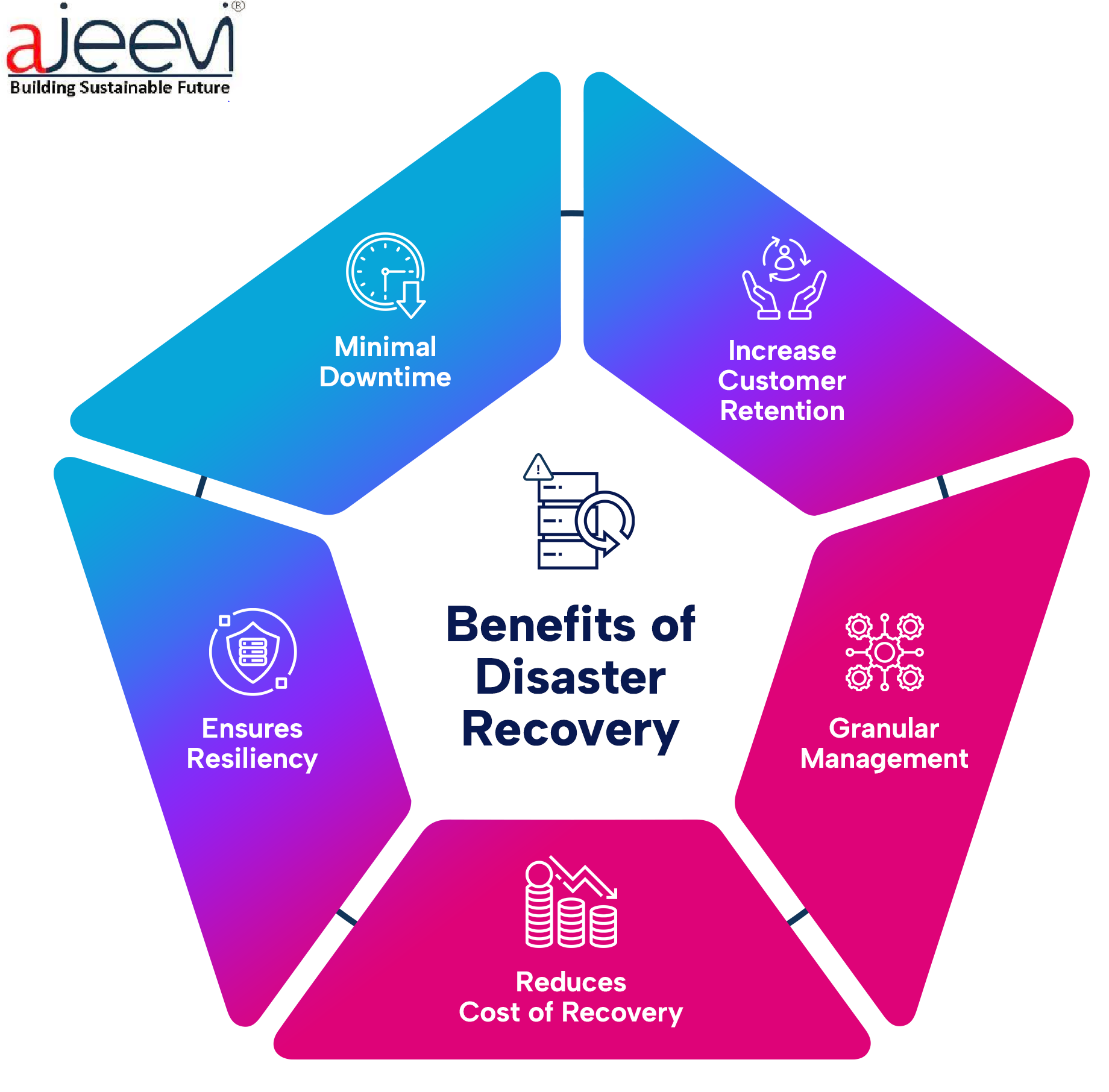Industries->Smart Disaster Management



In the face of increasing environmental challenges, the integration of Internet of Things (IoT) technology has emerged as a beacon of hope, reshaping disaster management into a more intelligent and responsive system. Smart Disaster Management leverages the power of interconnected devices, real-time data analytics, and automation to enhance preparedness, response, and recovery efforts in the wake of natural or man-made disasters.
This transformative approach heralds a new era where advanced sensors, communication networks, and predictive analytics work in unison, enabling authorities to make informed decisions swiftly and efficiently mitigate the impact of disasters.At its core, IoT-based Smart Disaster Management encompasses a wide array of applications. From early warning systems that utilize sensor networks to detect seismic activity or weather anomalies, to real-time monitoring of critical infrastructure for timely intervention, the integration of IoT fosters a proactive approach to disaster preparedness. Furthermore, the deployment of unmanned aerial vehicles (UAVs) equipped with IoT sensors provides crucial situational awareness, allowing response teams to assess the extent of damage and prioritize rescue efforts.
In essence, the integration of IoT in smart disaster management heralds a paradigm shift, enhancing our ability to anticipate, respond to, and recover from disasters with unprecedented agility. Through early warning systems, environmental monitoring, and predictive analytics, IoT technologies empower communities and response teams to navigate the complexities of emergencies more effectively. This interconnected approach, fueled by real-time data, not only saves lives but also minimizes the broader impact of disasters. While the transformative potential is clear, addressing challenges such as data security and public awareness remains paramount to ensure the ethical and successful implementation of these technologies. In embracing IoT, we chart a course towards a more resilient and adaptive future, where technology acts as a crucial ally in mitigating the impact of unforeseen events on a global scale.


Android Handheld UHF Reader
Automatic Boom Barrier
Automatic Number Plate Reader Camera
Bin Level Sensor
Bio Metrics Machine
Bullet Camera Live
Chlorine Sensor
Data Transmission Unit
Emergency Call Box
Environment Sensor
Face Recognition
Flood Sensor
Fuel Sensor
Galvanized Iron Pole
Gi-Pole
GPS
GPS-AIS140
Handheld HF Reader
Handheld UHF Reader
PTZ Camera
Public Address Speaker
Public Address System
Hydraulic Boom Barrier
IP Bullet Camera
IRIS
Magnetic Sensor
Network Rack
Network Video Recorder
Panic Button
Parking Entry Exit UHF Reader Vehicle Mounted UHF Reader
Passenger information systems
Ph Sensor
Refrigerator Sensor
RFID Tag – HF
RFID Tag – UHF
RFID Tag Metal – UHF
Smart Kiosk
Smart Pole
Soil Sensor
Drainage Sensor
Temperature Sensor
Turbidity Sensor
Ultrasonic Flow Meter Variable Sign Board Weigh Bridge Entry Exit Reader
Ajeevi Offer “Enterprise IoT Solutions” with in-house R&D, Capability of manufacturing IOT devices.
505, Tower A-1, Corporate Park
Noida 201301, Uttar Pradesh India
presales@ajeevi.com
+91-9654323500